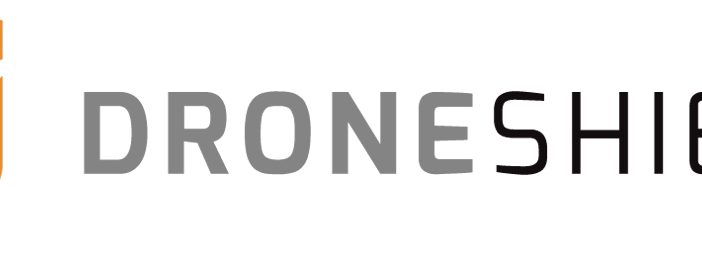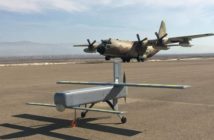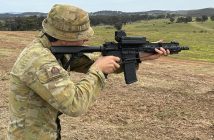
By Staff Writer.
Institutional investors have strongly supported Australian counter-UAS solutions company DroneShield after lining up behind a successful AU$10.9 million capital raising which they announced to the markets on February 6, 2023.
DroneShield has also announced a $3 million share purchase plan (SPP), allowing retail investors to participate in the capital raising program. The news comes as the fast-rising company targets a short to medium-term addressable market they say is worth $10 billion – and that’s before DroneShield nuts out the market demand for its electronic warfare and defence AI applications.
“This capital raising enables DroneShield to take full advantage of opportunities for rapid growth, following our two record $11 million sales announced in December 2022 and January 2023,” said Oleg Vornik, DroneShield’s CEO. “The market demand for counter-drone equipment is rapidly heating up around the world. This is underpinned by rising defence and security budgets and an increasing role of drone technology in armed conflicts, terrorism and other nefarious applications.”
The company, a dual Australian and US publicity-listed entity, has been around since 2014. However, it began making waves last year as the widespread applications of its drone neutralisation technology, originally intended to fulfil day-to-day tasks like incapacitating nuisance drones near airports, became apparent.
During the January 1 inauguration of Brazilian president Luiz Inácio Lula da Silva, news agencies widely distributed photographs of security agents using the DroneGun Tactical drone neutralisation device. The detail later said it was used to engage with four “suspicious” drones heading towards the inauguration ceremony.
The piece of kit doesn’t destroy the drone. Instead, it brings it down to earth in a controlled manner for retrieval – which, if the operator is a bad actor, can yield significant intelligence results. There is no intentional physical damage done to the drone.
The company estimates the near-term demand for portable DroneShield hardware from protective services and law enforcement agencies is at least $550 million.
DroneShield says it has a best-in-class customer base, which includes Australia’s Department of Defence, the US State Department, and the US Department of Defence. The company’s product range extends from handheld devices to wearables to devices that can be fitted to vehicles and fixed installations. The proprietary AI-enabled threat awareness software utilises techniques for real-time detection and identification of drones and other potential threats.
While the presidential inauguration was an example of counter-UAS technology working for a protective detail, DroneShield says that the $10 billion market they’ve identified also includes one-off high profile events like the Olympics, security at key infrastructure sites like ports, mining sites, and airports, prisons and the military.
DroneShield’s market analysis estimates the market for kitting out military vehicles with the anti-drone technology is around $2.5 billion at a per-vehicle cost of between $25,000 and $200,000 each. They estimate the demand for their RfPatrol product, a completely passive and non-emitting wearable drone detection device that soldiers can wear, is worth another $1.1 billion, with the devices costing between $25,000 and $55,000 each.
After a record year in 2022, Vornik says the company is now at an inflection point. To tackle that multi-billion market, DroneShield this year aims to convert their earlier trial and integration successes into large multi-million-dollar contracts in the US; parlay an initial AU$3.8 million electronic warfare contract with Australia’s ADF into another, larger contract; and scale up the AI engine software for SaaS deployments.






